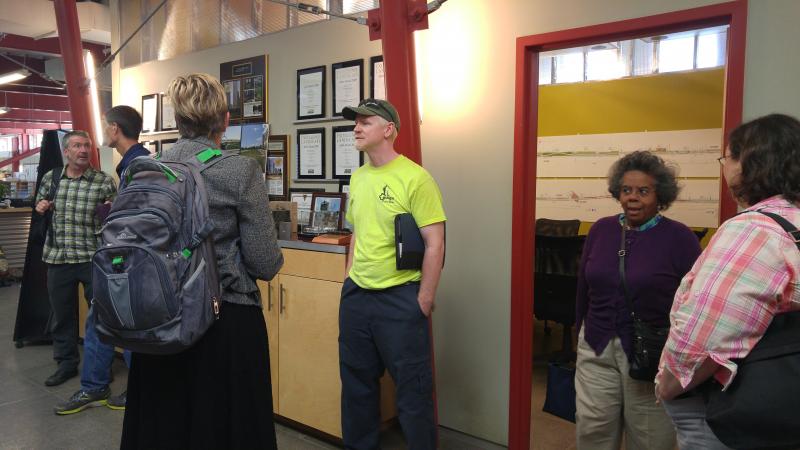CRTI has diverse work groups that develop programs to address gaps in the care of the Chicago region's urban forest. The work groups meet individually throughout the year and come together annually for the Partner Recognition Celebration. See the recap from our 2015 Partner Recognition Celebration here.
Six work groups focus their attention on tree planting, stewardship, research, education, policy, skill and training development and resource acquisition needs for the regional forest. They are identifying and tackling these central issues:
- Forest Composition Work Group: Gather and analyze forest composition and canopy cover data for the region to provide an accurate snapshot of our forest structure and to identify priority areas for planting and stewardship projects. They are also developing a interactive map to help public and private land managers.

- Tree Stewardship and Planting Work Group: Organize planting and stewardship activities and forestry skill training for maximum affect. This group also coordinates the CRTI Community Tree Network and is developing a tree stewardship and planting plan for the region based on the data analyzed by the Forest Composition Work Group.
- Trees and Green Infrastructure Work Group: Address gaps in knowledge, training, and policy regarding use of trees as green infrastructure. This group also implements the Chicago Wilderness Oak Ecosystems Recovery Plan, including OAKtober, and has developed Tree Preservation Ordinances (Template Introduction, Gold Level, Silver Level, Bronze Level)
- Tree Risk Assessment and Management Work Group: Improve tree risk assessment training and practices. This group also works on identifying the biggest risks to and from trees, including climate change, invasive plants and pests, and bio-mechanical failure, and coming up with a strategy to ameliorate these threats.
- Communications and Outreach Advisory Group: Share information and raise the profile of CRTI with a variety of audiences, including residents, policy makers, industry professionals, and researchers. This advisory group also collaborates with the other work groups to create communications plans for maximum impact on projects and has developed communications pieces to help disseminate information to a wider audience (for example, these infographics: 1, 2, 3). They also gather and develop resources for specific audiences to educate on the value and benefits of trees and how to care for them.


